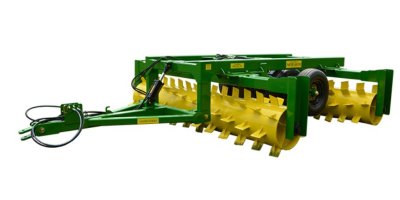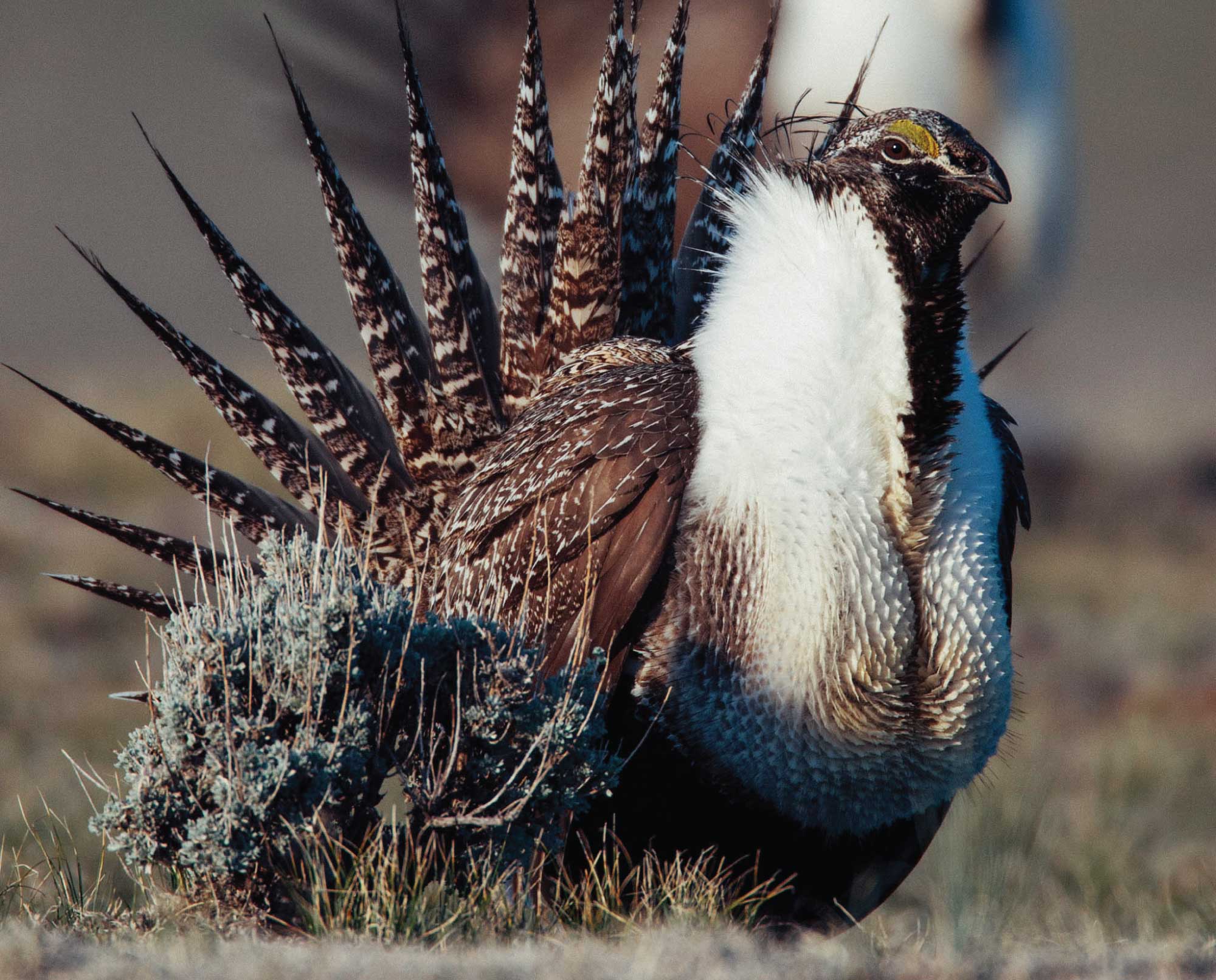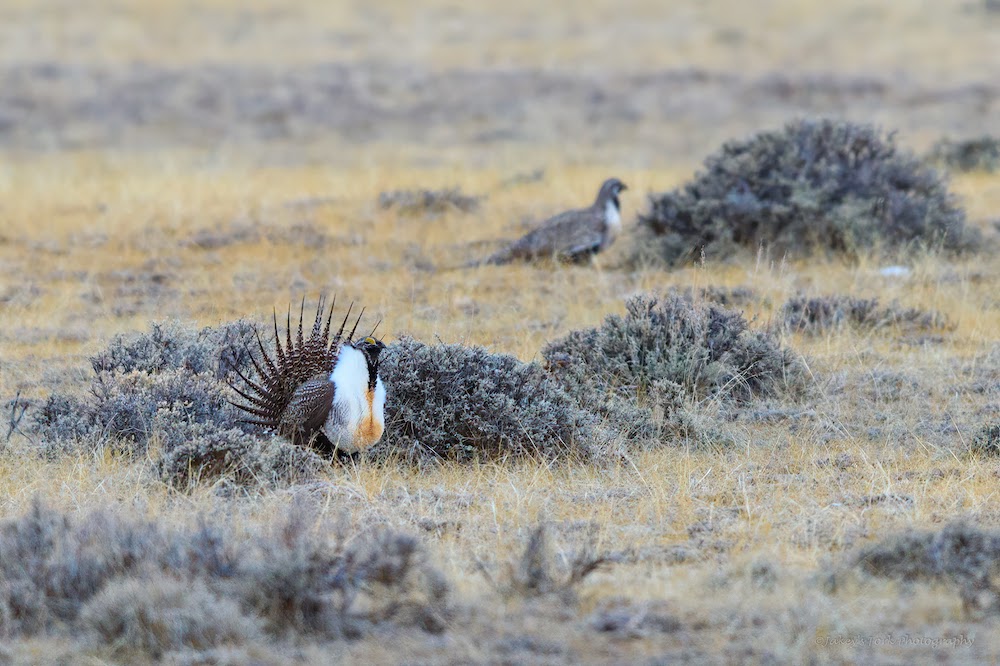Eric Albus
Well-known member
- Joined
- May 24, 2012
- Messages
- 1,792
They don’t have mosquitoes in the Bear Paws, not like Saco Montana does.Hmmm. I worked one year as a park ranger at the Bear Paw Battlefield outside Chinook. Snake Creek runs through the site and mosquitoes can be bad for a couple weeks during the year ... if the wind isn't blowing forty miles an hour ... which it almost always was. Unlike my notoriously lazy predecessor, I was out at the battlefield almost every day walking the trail, mowing the grass, giving talks, cleaning the johns, checking the fences, painting, etc. Mosquitoes could be bad some days but I've sure seen a lot worse (visit Alaska in July!). I never found a dead bird of any sort. Not one. And that place was teaming with pheasants.








